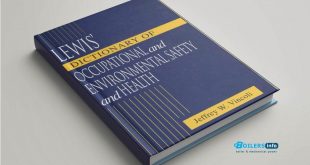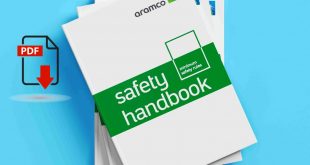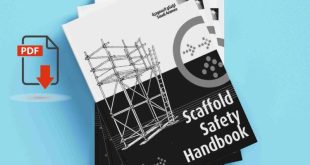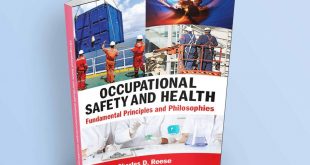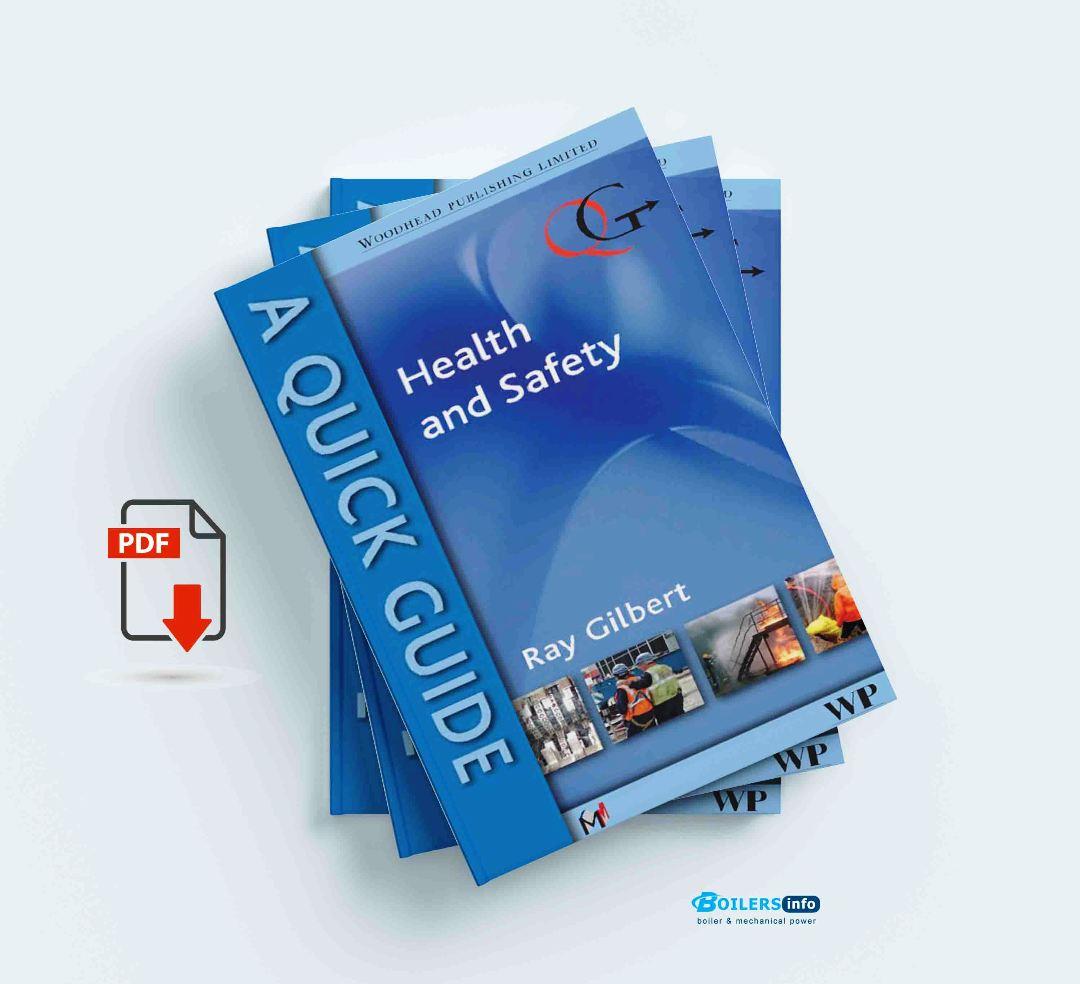
A Quick Guide to Health and Safety
Health and safety in the workplace are not just legal requirements—they’re essential to business success, workforce well-being, and corporate responsibility. This guide explores critical aspects of health and safety, focusing on UK legislation, risk management, and practical measures across industries. Whether you’re an employer, a safety officer, or a worker, this guide outlines what you need to know.
Health and Safety Legislation
Workplace safety in the UK is governed by a robust framework of legislation. The foundation is the Health and Safety at Work etc. Act 1974 (HSW Act), supported by specific regulations like the Management of Health and Safety at Work Regulations 1999, COSHH (Control of Substances Hazardous to Health), and PUWER (Provision and Use of Work Equipment Regulations). These laws aim to prevent accidents, reduce risk, and promote a culture of safety in all sectors.
Enforcement and the Legal Situation
Enforcement is primarily handled by the Health and Safety Executive (HSE) and local authorities. Inspectors can issue improvement or prohibition notices and initiate prosecutions for non-compliance. In severe cases, individuals—including directors and managers—can be held personally liable. Employers have both civil and criminal responsibilities, and ignorance of the law is no defence.
Health and Safety – So, What Business Are You In?
Regardless of your industry—be it construction, healthcare, education, or manufacturing—you’re also in the business of people protection. A safe workplace reduces downtime, increases productivity, and improves morale. Businesses must embed health and safety into their operational DNA, not treat it as an afterthought.
The Health and Safety at Work Act 1974 – What It Means
The HSW Act is the cornerstone of workplace safety in the UK. It imposes a general duty of care on employers to protect the health, safety, and welfare of employees and others affected by their work. Employees also have duties to take care of themselves and co-workers and cooperate with their employers on safety matters.
Occupational Safety and Health: Fundamental Principles
At its core, occupational safety and health (OSH) relies on:
- Prevention over reaction
- Employee involvement
- Risk assessment and control
- Education and training
- Continuous improvement
These principles apply universally, regardless of job type or industry.
Risks and Risk Assessments
A risk assessment is a legal requirement and a practical tool to identify hazards, evaluate associated risks, and implement control measures. It involves:
- Identifying hazards
- Determining who may be harmed and how
- Evaluating and controlling the risk
- Recording findings
- Reviewing regularly
Properly conducted assessments form the backbone of a proactive safety culture.
Health, Safety, and Welfare Requirements in the Workplace
Regulations require employers to ensure safe and healthy working conditions. This includes:
- Clean and hygienic facilities
- Safe access and egress
- Adequate lighting, ventilation, and temperature
- Drinking water and sanitary conveniences
- Welfare rooms or rest areas
These basics are non-negotiable for a compliant and humane workplace.
Machinery and Other Work Equipment
Under PUWER, all work equipment must be:
- Suitable for its intended use
- Maintained in a safe condition
- Inspected regularly
- Operated by trained personnel
Machine guards, emergency stops, and lockout/tagout procedures are essential to prevent accidents.
Industrial Hygiene Simplified
Industrial hygiene focuses on identifying, evaluating, and controlling exposure to workplace hazards like chemicals, dust, noise, and biological agents. Ventilation, PPE, and substitution of hazardous materials are common control strategies.
Pressure Plant and Equipment
Systems operating under pressure (boilers, air receivers, etc.) pose significant risks. Employers must comply with the Pressure Systems Safety Regulations (PSSR), which require regular inspections by competent persons, safe operating limits, and maintenance records.
Lifting and Handling
Manual handling remains one of the biggest causes of workplace injuries. Employers should:
- Avoid hazardous manual handling where possible
- Use mechanical aids
- Train staff in correct lifting techniques
- Conduct handling risk assessments
Noise at Work
The Control of Noise at Work Regulations set exposure limits to prevent hearing loss. Employers must:
- Assess noise risks
- Provide hearing protection if necessary
- Monitor hearing and educate workers on long-term effects
Hazardous Substances
Under COSHH, employers must control substances that can harm health. This includes chemicals, fumes, dusts, and biological agents. Key control measures include:
- Substitution
- Ventilation
- PPE
- Training and monitoring
Electricity Safety
Electrical safety involves proper installation, maintenance, and use of equipment. Regulations such as Electricity at Work Regulations 1989 require that electrical systems are safe and that only competent persons carry out work on them.
Visual Display Units (VDUs)
With the rise of screen-based work, ergonomics and eye strain are key concerns. Employers must provide risk assessments for DSE (Display Screen Equipment) users and offer eye tests and ergonomic equipment to reduce strain.
Working at Height
Falls from height remain a leading cause of workplace fatalities. The Work at Height Regulations 2005 require:
- Planning and supervision of tasks
- Using appropriate equipment (e.g., harnesses, platforms)
- Preventing falling objects
- Regular inspections of equipment
Protecting Your Employees: What Can Be Done?
Protection starts with strong policies and ends with execution. Core steps include:
- Training and awareness
- Clear procedures
- Availability of PPE
- Regular inspections
- A positive safety culture led by example
Additional Health and Safety Topics
From fire safety and emergency preparedness to psychological well-being and stress management, modern workplace safety is holistic. Tools like the “100 Safety Topics Book” help keep safety education active and engaging.
Will You Be Prosecuted?
If you neglect your duties, the answer could be yes. Prosecution can result in fines, imprisonment, or business closure. However, proactive safety management, documented training, and risk control can demonstrate due diligence and protect your organization.
Conclusion
Health and safety aren’t just checkboxes—they’re the foundation of ethical, legal, and successful business practices. Understanding legislation, assessing risks, and applying sound workplace controls protect people and reputations. In a world of evolving hazards and expectations, proactive leadership in health and safety is not just good practice—it’s a legal and moral imperative.
 Boilersinfo Boiler and Mechanical Power Digital Library
Boilersinfo Boiler and Mechanical Power Digital Library
